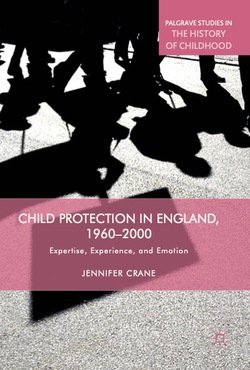By Madeline Rolfe, Beth Mooney, Teresa Hulme, Millie Paine and Sophie Davi
Fraud is the most commonly experienced crime in England and Wales, making up around 41% of all crime against households and people aged 16 and over. 6 Data suggests that the scale of fraud is increasing, with fraud incidents rising by 19% between 2023 to 2024 across the whole population. 7 Fraud causes significant harm to individuals and the economy. 8 It also represents a national threat: fraud is a form of serious and organised crime. 9 One study found two thirds of serious and organised crime groups committing fraud were also involved in other criminal activity. 10 In some cases, proceeds from fraud were used to fund other illegal activity. 11 Tackling fraud is a strategic priority for policing and is included in the Strategic Policing Requirement. 12 The government has also underlined a commitment to tackling fraud in the Fraud Strategy. 13 This is an opportune time to generate insight around how best to tackle fraud. Previous Crest research found initial evidence to suggest that the risk of young people being exposed to and experiencing fraud is disproportionately growing compared to elderly people as the internet increasingly becomes part of their daily lives. 14 However, research to understand children and young people’s (CYP) experiences of fraud is lacking. This research is the first to specifically focus on fraud committed against CYP. It examines reporting data from the National Fraud Intelligence Bureau (NFIB), interviews with CYP, and nationally representative surveys with both CYP and parents and guardians. Findings from these sources have been triangulated to build a comprehensive picture of fraud experienced by CYP. A wider range of fraud experts have also been engaged throughout this project to ensure our research is cutting edge and informs action in this sector. This research is well timed given Fraud Minister David Hanson’s announcement at the Global Anti-Scam Summit in March 2025 that an expanded fraud strategy is to be developed and published later this year. Key findings Scale and nature of fraud against children and young people 1. Most CYP have been targeted by fraudsters within the last year. According to our survey, 88% of CYP aged 13-21 had been targeted by fraud in the last year. Only 1% of children and young people (CYP) have never encountered fraud. 2. Nearly a third (29%) of CYP have been a victim of fraud. Some CYP are more likely to experience fraud victimisation, including older CYP (aged 18-21) and CYP with Special Educational Needs and Disabilities (SEND). 3. Milestones where CYP gained new or increased financial independence coincided with fraud victimisation. For example, some of our interviewees experienced fraud after opening their first bank account or getting their first job. There was also evidence of victimisation after CYP received a lump sum of money e.g. the 16 to 19 Bursary Fund. 4. The most commonly experienced types of fraud by CYP are advance fee fraud, banking and credit fraud, financial investment fraud, cyber fraud, and identity theft and fraud. Available data suggests that, on average, CYP lose the most money from financial investment fraud. 5. Advance fee fraud is the most commonly recorded fraud against CYP, it accounted for the majority of CYP reports to professionals and was commonly experienced CYP interview participants 6. CYP are more likely to experience fraud on certain online platforms. These were Instagram, Facebook and TikTok. Interestingly, these platforms are not where they spend most of their time. Children and young people reporting fraud 1. Nearly two-thirds of CYP told someone about their experience of fraud. The most common person to tell was a parent/guardian, with over half (59%) of survey respondents telling their parent/guardian about their experience. Reporting the fraud to the bank (35%) and Action Fraud (22%) was less common. 2. The most common barrier to reporting fraud was due to feeling that nothing would happen, with 27% stating this reason. Impact of fraud on children and young people 1. CYP reported significant emotional impact as a result of fraud victimisation. Almost half (47%) of survey respondents reported feeling strong emotions such as anger, sadness, fear, frustration as a result of their victimisation; and over a quarter (27%) of survey respondents stated that being a victim of fraud impacted their mental health. 2. Fraud victimisation leads to CYP changing their behaviour. Changing internet use and online activity was a common impact of fraud victimisation amongst CYP, this ranged from being more cautious online with emails, websites and privacy settings to stopping a particular online activity altogether, such as online shopping or online banking.
London: Crest Advisory, 2025. 86p,







